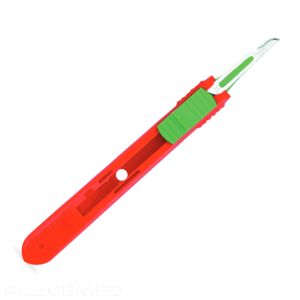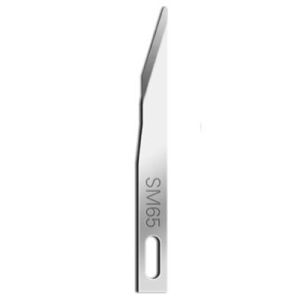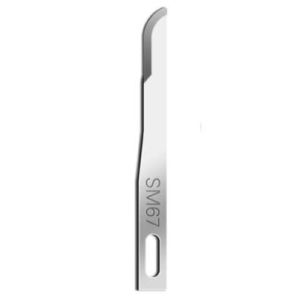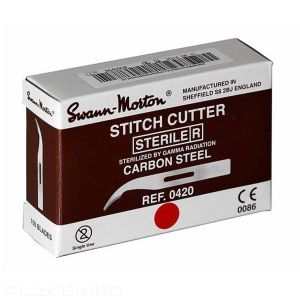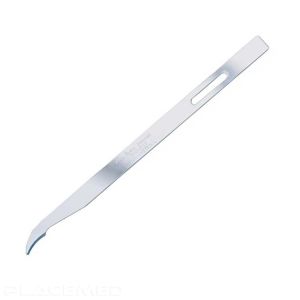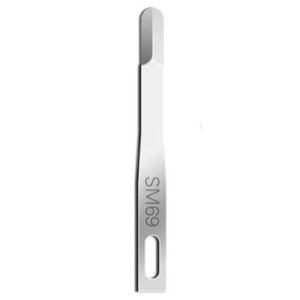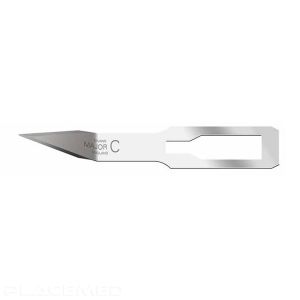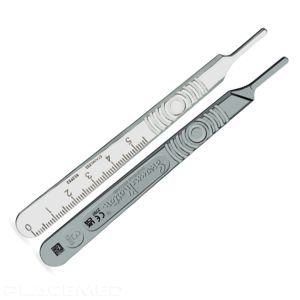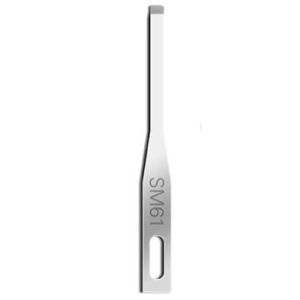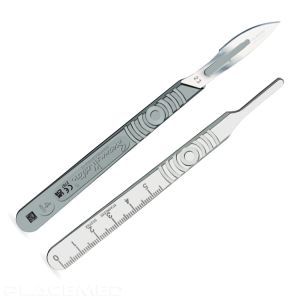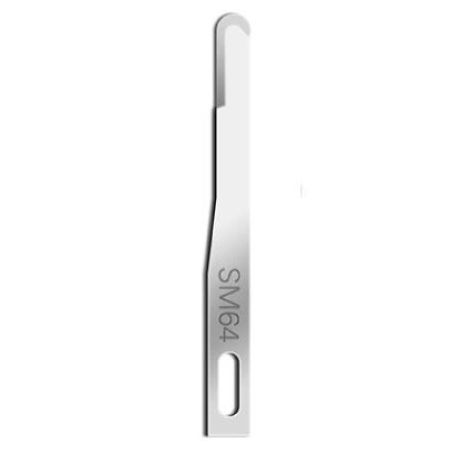
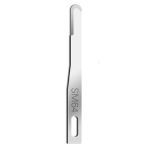
Surgical Blade for Swann Morton SF Scalpel - Sterile Fine Blade SM64 - Box of 25
The SM64 surgical blade, ideal for reconstructive surgery and arthroscopy, is compatible with SF1 to SF23 handles, offering precision and adaptability.
- Effective in reconstructive surgery
- Optimal for hip and knee arthroscopy
- Suitable for tenotomy and foot and ankle interventions
- Superior quality stainless steel
- Individually packaged for guaranteed sterility
Certified professionals
Secure transactions
| SKU | GG11875 |
|---|---|
| EAN |
5033955059040
|
Description - Surgical Blade for Swann Morton SF Scalpel - Sterile Fine Blade SM64 - Box of 25
The Swann Morton SM64 fine sterile blade number SM64, specifically designed for SF scalpel handles, meets the sharp needs of professionals in surgery. Its versatility makes it a valuable tool in various fields such as reconstructive surgery, hip and knee arthroscopy, as well as in tenotomy and minimal invasive procedures for the foot and ankle. Its precise design and compatibility with SF1, SF2, SF3, SF4, SF13, and SF23 handles allow for exceptional adaptability and maneuverability. Made from premium stainless steel, this blade ensures a clean and precise cut, essential for delicate surgical procedures. Each blade is individually packaged in a sterile film, ensuring maximum hygiene and safety. The box of 25 units ensures continuous availability for frequent interventions, as well as effective stock management.
 Francais
Francais 

